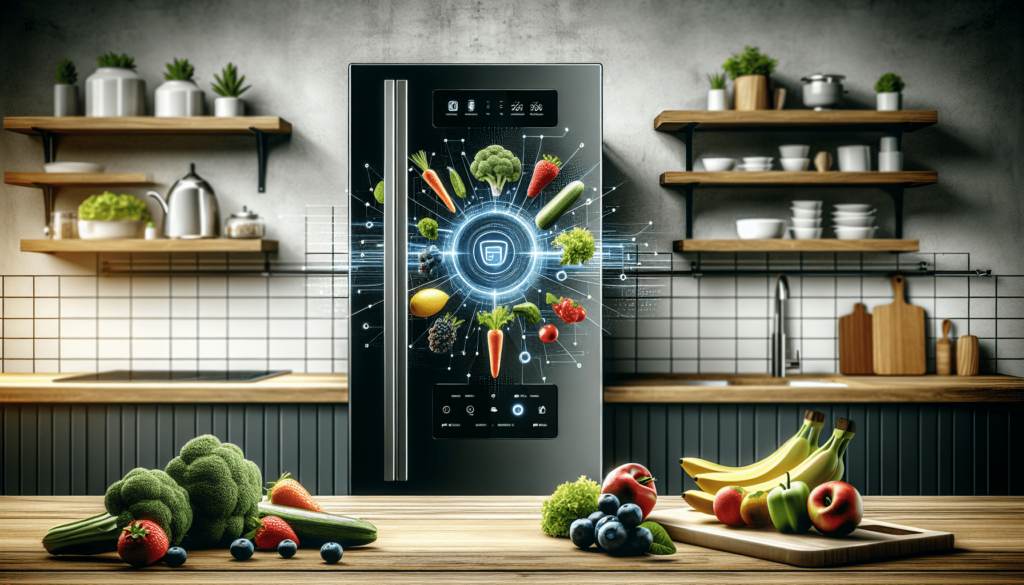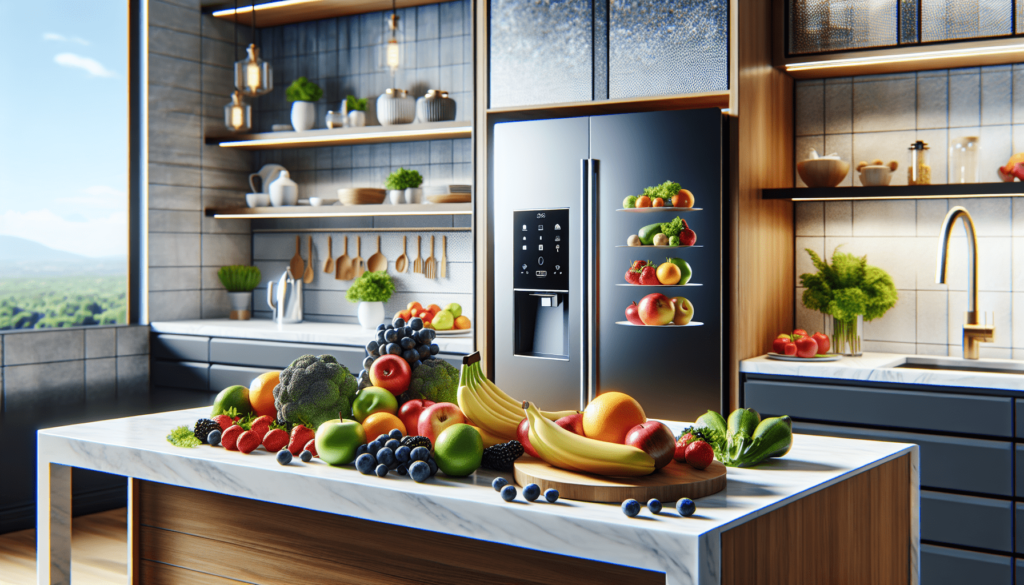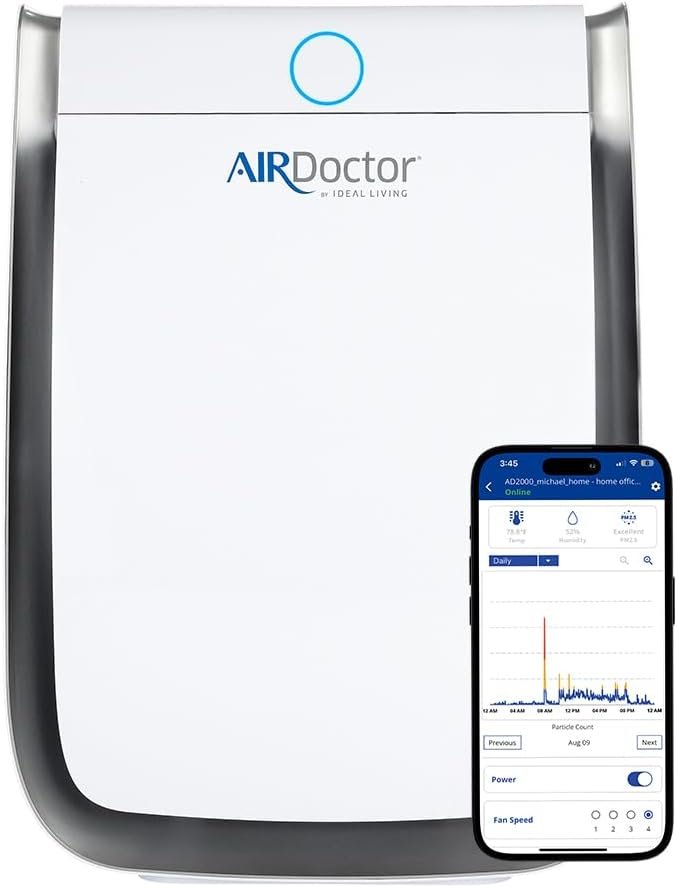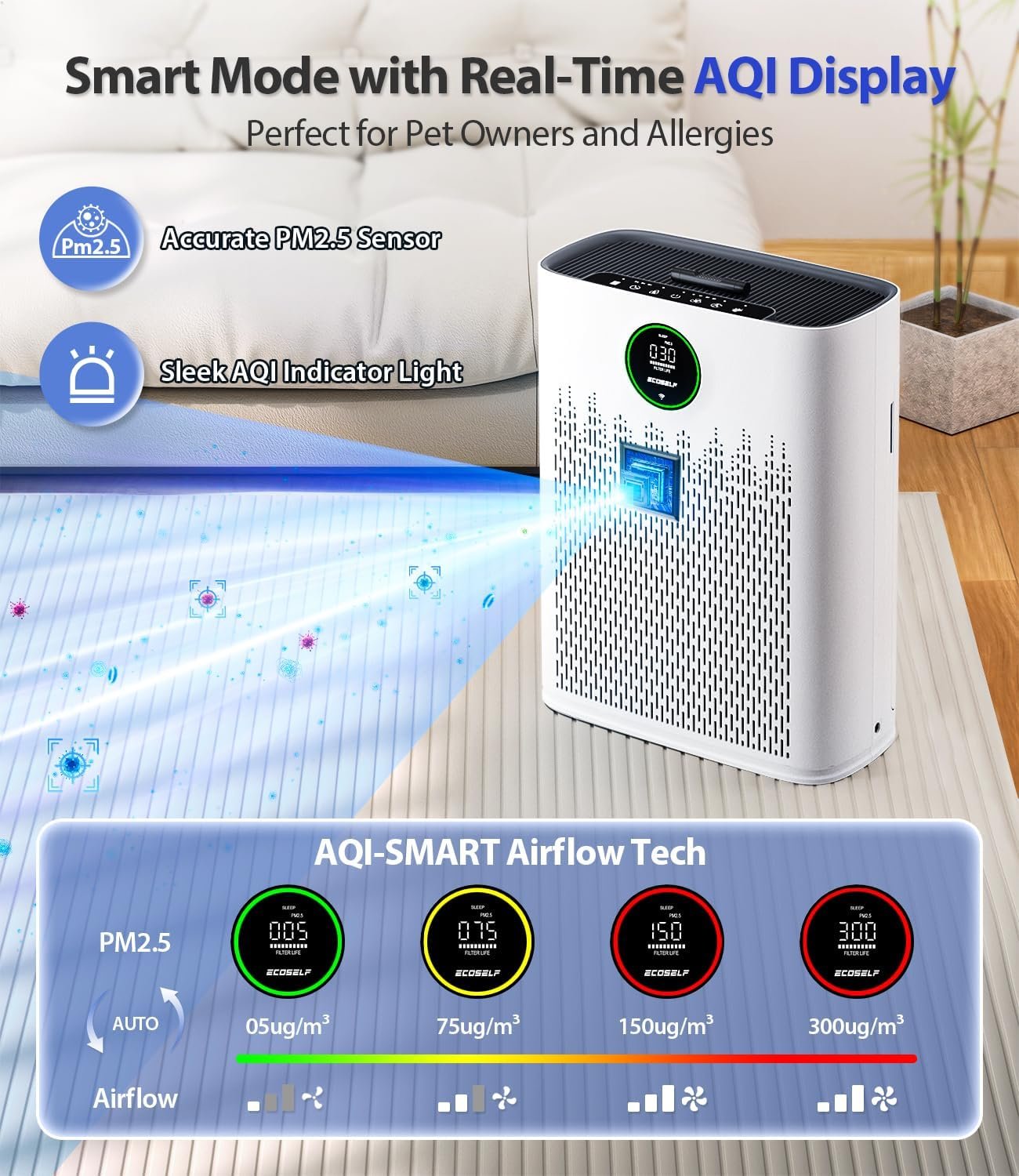Have you ever wondered how you could save some extra cash on groceries while enjoying the benefits of the latest kitchen technology? Embracing smart kitchen technology could be the solution you’re searching for. In this guide, we’ll explore how integrating smart appliances into your kitchen routine can save you money on groceries and make your cooking experience more efficient and enjoyable.
Understanding Smart Kitchen Technology
Smart kitchen technology refers to kitchen appliances and gadgets that connect to the internet and offer advanced functionalities beyond traditional devices. These incredible innovations provide convenience and efficiency, can assist with meal prep, and help you reduce grocery expenses.
What Makes a Kitchen Smart?
A smart kitchen incorporates devices that can communicate with each other and, often, with you. They use sensors, wireless connectivity, and sometimes artificial intelligence to automate tasks or provide insights about your kitchen processes. This could involve setting a perfect cooking temperature, suggesting recipes, and even managing your pantry inventory.
Key Benefits of Smart Kitchen Devices
Why should you consider smart kitchen technology? These smart devices can help with:
- Convenience and Efficiency: Automating cooking processes to save time.
- Energy Savings: Using precise energy-efficient methods to reduce utility bills.
- Improved Cooking: Enhancing cooking precision with technology.
- Grocery Cost Reduction: Monitoring inventory to eliminate wastage and help with meal planning.
Setting Up a Smart Kitchen: A Step-by-Step Guide
Embarking on the journey to create a smart kitchen may seem daunting; however, breaking it down into small steps can make the process more manageable.
Step 1: Start with a Smart Hub
A smart hub serves as the central command for all your devices. Think of it as the brain of your kitchen operations. You can control all compatible devices through a smart hub, such as Amazon Echo or Google Nest Hub, which also allows voice commands.
Step 2: Choose Essential Smart Appliances
Consider which appliances would enhance your setup the most. Here’s a handy checklist:
| Appliance | Key Features to Consider |
|---|---|
| Smart Refrigerator | Inventory tracking, touch screen, energy efficiency |
| Smart Oven | Preheat functionality, remote control, auto shut-off |
| Smart Dishwasher | Water usage tracking, load detection, remote start |
| Smart Cooking Gadgets | Precision cooking, connectivity, recipe databases |
Step 3: Connectivity and Automation
Ensure all devices are connected to your home network and integrated with your control hub. This setup enables automation, such as starting the oven at a specific time, reminding you of perishable items’ expiration dates, or syncing with your shopping list.
Step 4: Optimize with Recipes and Inventory Management
Utilize software that can work with your smart devices to manage groceries and suggest recipes based on what you have. This can significantly cut down on food waste, as you’re using ingredients before they spoil.

Cooking with Smart Devices: Enhancing Efficiency
Cooking with smart devices offers a more streamlined and enjoyable experience, transforming ordinary tasks into simple steps.
Meal Prep with Precision
Smart appliances allow for precision in temperature and timing, which aids in perfecting recipes with less waste. Smart pressure cookers, for example, can cook food faster and more evenly compared to conventional methods.
Accessibility to Recipes
Use smart displays to access a vast library of recipes, including video tutorials and step-by-step guides. Devices like smart ovens can adjust the baking process according to the recipe details entered, ensuring you always cook food just right.
Remote Monitoring
Don’t worry about babysitting the oven anymore! Smart appliances often come with apps that enable remote monitoring and adjustments. You can start pre-heating the oven while on your way home or check on a slow cooker from your office.
Saving Money with Smart Kitchen Tech
One of the most appealing aspects of smart kitchens is their potential to save money on groceries.
Efficient Inventory Management
Smart fridges can inform you of the items about to expire and suggest recipes based on those items, reducing wastage and saving you from unnecessary purchases.
Improved Energy Efficiency
Many smart kitchen devices analyze usage patterns and optimize energy consumption accordingly, which can lead to substantial savings on electricity bills over time.
Smart Shopping Integration
Some smart kitchen technologies integrate directly with grocery delivery services, suggesting items that are running low, thus helping you efficiently plan trips to the grocery store and avoid impulse buying.

Trends and Future of Smart Kitchens
The evolution of smart kitchens continues to accelerate with new innovations constantly emerging.
AI Cooking Assistants
One future trend includes AI-driven cooking assistants capable of leading hands-free cooking sessions. These digital assistants could revolutionize how you prepare meals, offering advice and even managing the cooking process itself.
Enhancements with 5G and Augmented Reality (AR)
With the introduction of 5G, smart kitchen devices will become faster and more responsive, enhancing their functionality further. Augmented Reality (AR) could soon be part of your kitchen experience, allowing for interactive recipes and tutorials overlaid onto your work area.
Blockchain for Supply Chain Transparency
Blockchain offers a promising future for transparency within the food supply chain. While still emerging, the adoption of blockchain could help ensure food safety and traceability, allowing you to make more informed food choices.
Maintenance and Troubleshooting
Keeping your smart kitchen devices in top condition is crucial to their longevity and performance.
Maintenance Tips
- Regular Software Updates: Ensure all devices and their apps are up-to-date to benefit from the latest features and security patches.
- Proper Cleaning: Follow the manufacturer’s guidelines to clean and maintain appliances properly.
- Routine Checks: Regularly check for any signs of wear and tear, such as frayed cords or loose connections.
Troubleshooting Common Issues
- Connectivity Problems: Ensure your Wi-Fi network is stable and the devices are within range. Restart both the router and devices if issues persist.
- Software Bugs: Sometimes, smart apps might lag. Restart the app or update it if necessary.
- Device Malfunctions: Check the user manual for trouble codes and contact customer support if you can’t resolve it yourself.
Securing Smart Devices
Given the connectivity of smart devices, cybersecurity is crucial. Secure your network with strong passwords, use two-factor authentication when possible, and keep firmware updated to prevent unauthorized access.
Conclusion
Smart kitchen technology is transforming the way you cook, optimize efficiency, and manage grocery spending. By implementing and maintaining smart devices in your kitchen, you can ensure not just significant savings but also a more enjoyable and convenient cooking experience. As these technologies continue to evolve, they promise a future of endless possibilities that makes every meal a new opportunity for innovation and savings. So, are you ready to integrate smart technology into your kitchen and start saving on your groceries?
Disclosure: As an Amazon Associate, I earn from qualifying purchases.





